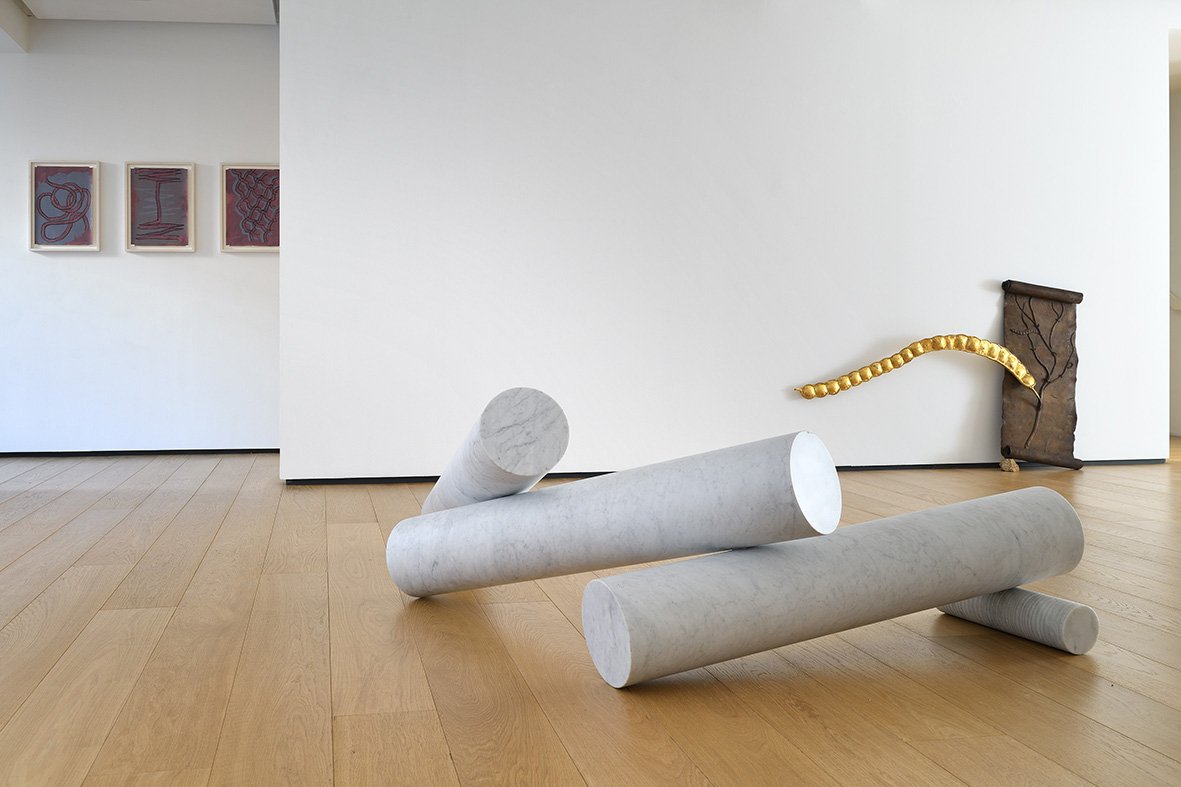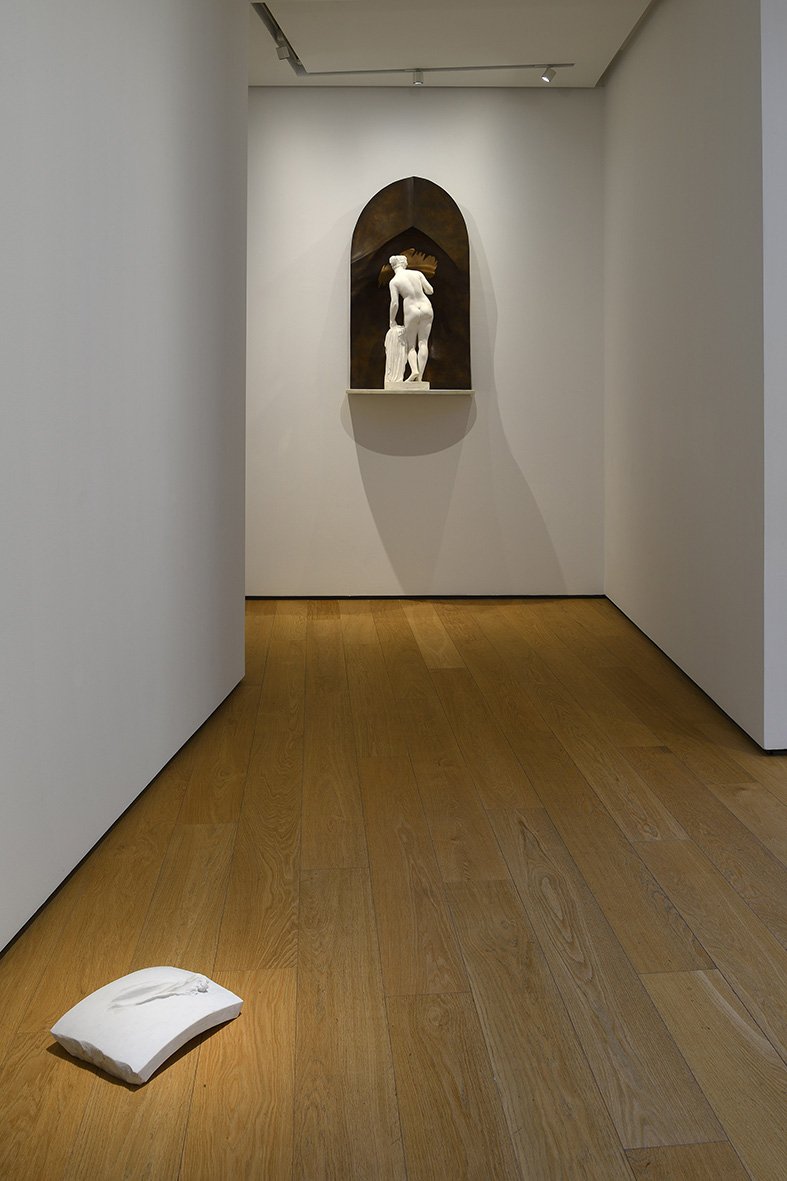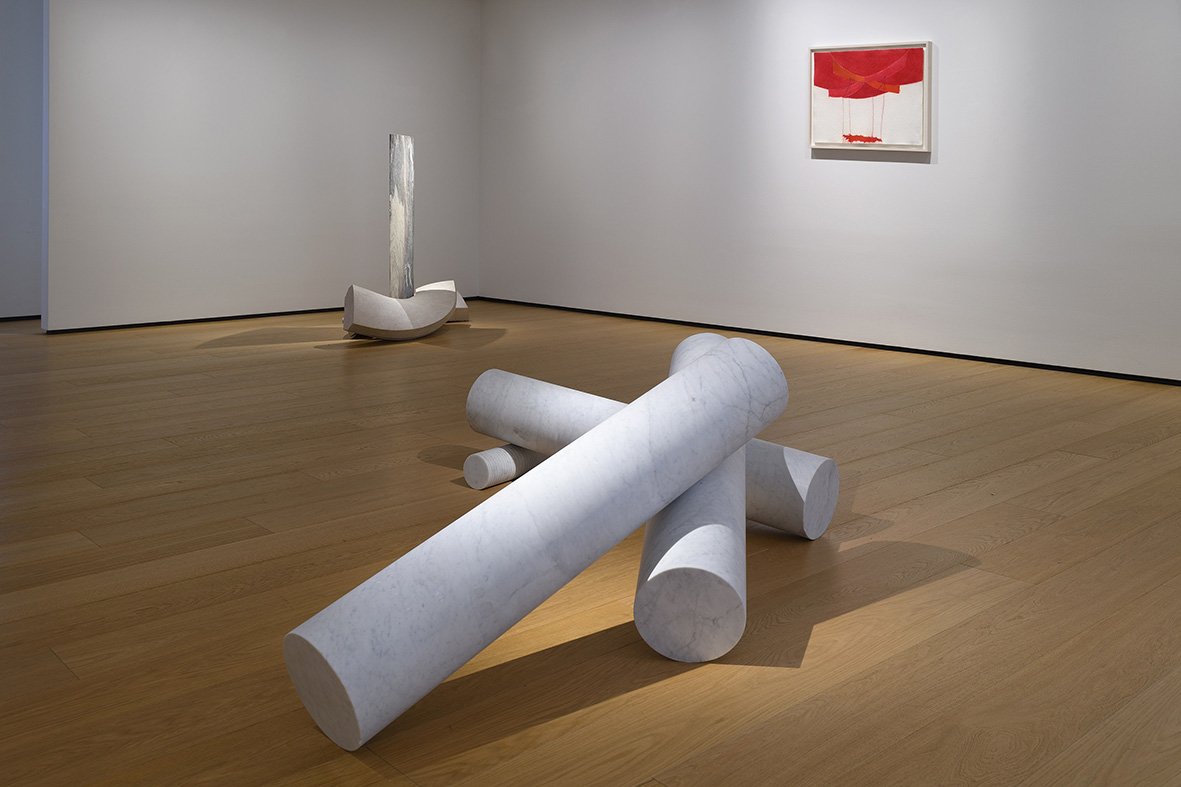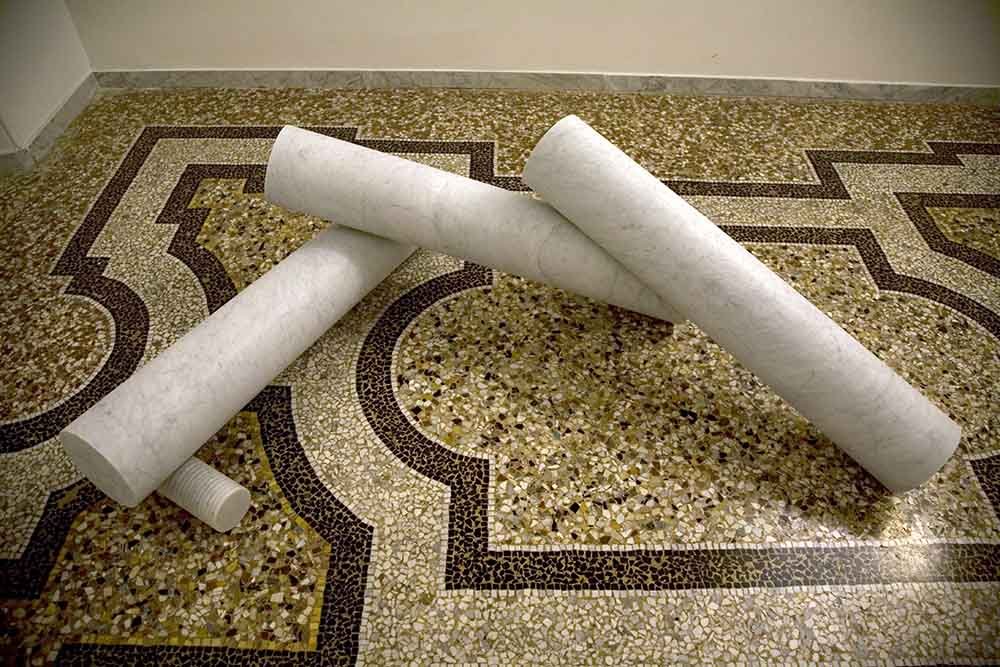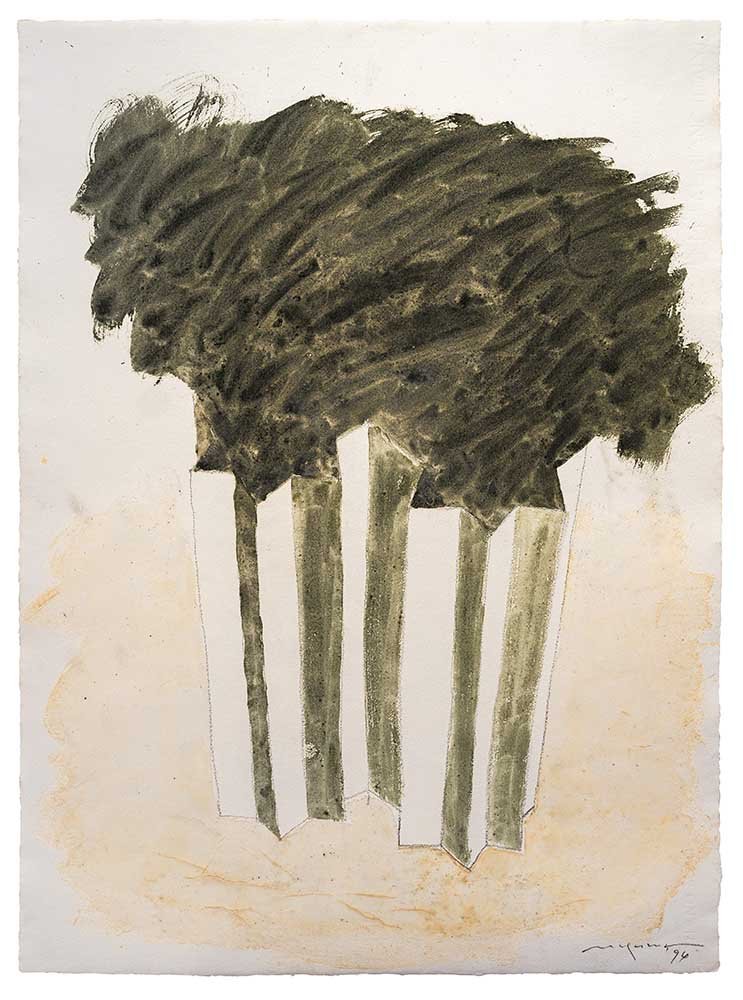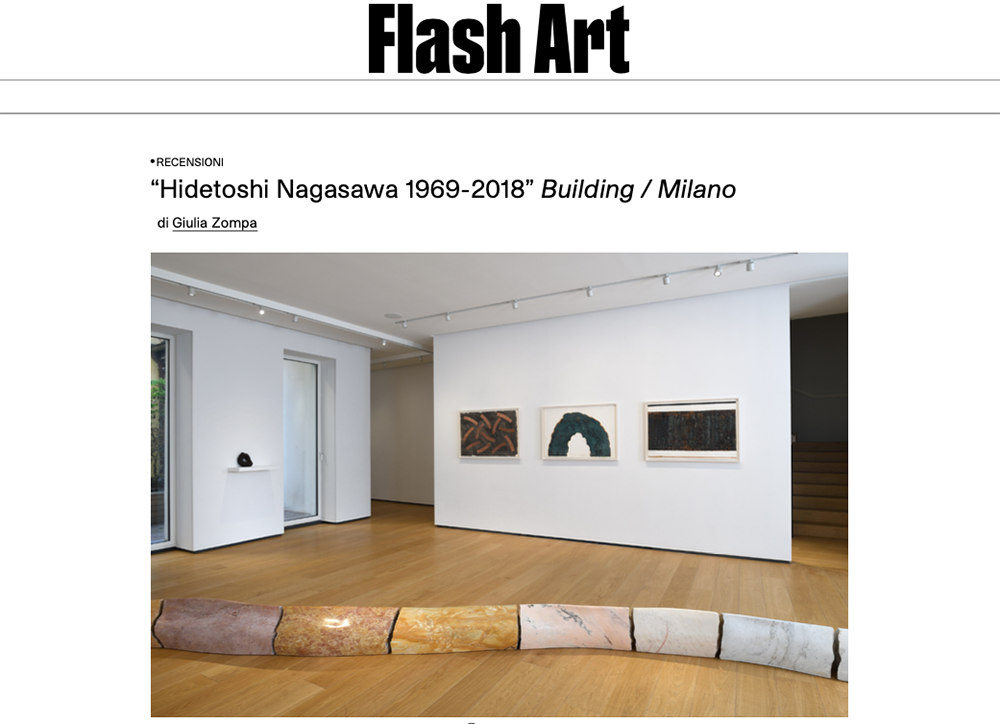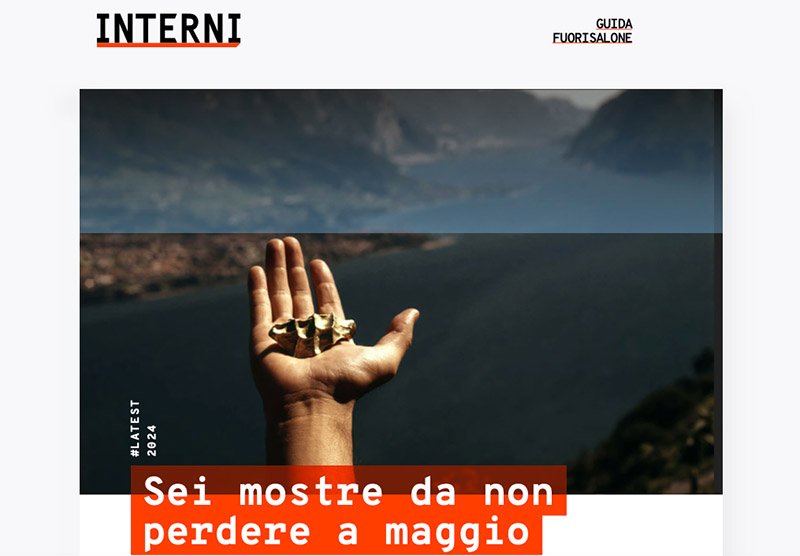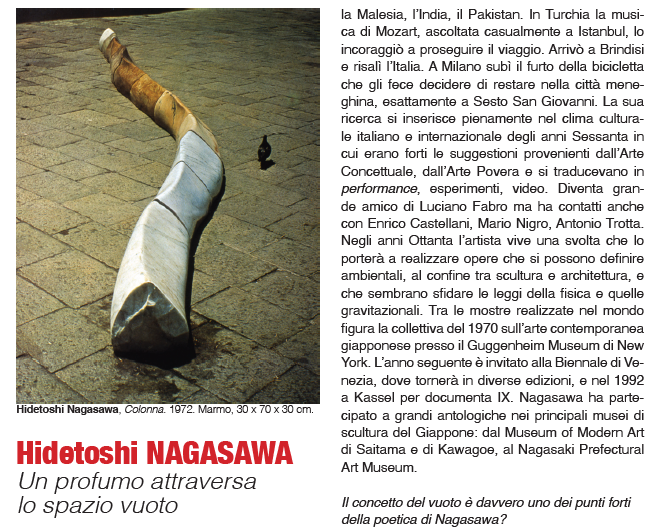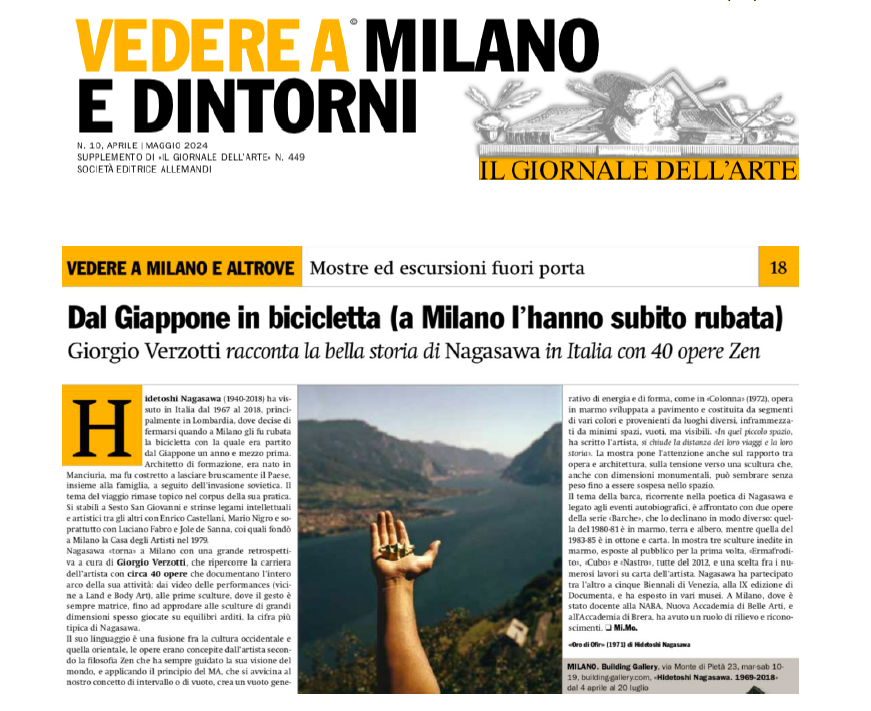Hidetoshi Nagasawa. 1969-2018
04.04.2024 – 20.07.2024
from April 4th to July 20th, 2024
BUILDING
via Monte di Pietà 23, 20121 Milan
Tuesday – Saturday, 10AM – 7PM
Additional exhibition venues:
from April 4th to May 25th, 2024
GALLERY MOSHE TABIBNIA
via Brera 3, 20121 Milan
Tuesday – Saturday, 10AM – 7PM
www.moshetabibnia.com
from May 8th to June 4th, 2024
CASA DEGLI ARTISTI
Corso Garibaldi 89/A / via Tommaso da Cazzaniga, 20121 Milan
Tuesday – Sunday 12.30PM – 7PM
www.casadegliartisti.net
BUILDING presents, from April 4th to July 20th, 2024, Hidetoshi Nagasawa. 1969-2018, a comprehensive retrospective curated by Giorgio Verzotti, dedicated to one of the greatest artists working in Italy since the late 1960s, located in three exhibition venues in Milan: BUILDING, Gallery Moshe Tabibnia, Casa degli Artisti.
Through a selection of around 40 works, this exhibition intends to document an overview of the artist’s entire career: from the videos testifying his early performances (in some respects similar to the Land and Body Art projects from the same period), passing by way of the first sculptures in which the gesture is always implied as the primary matrix and arriving at the large-scale sculptures, frequently based on daring acts of equilibrium, which were the works most frequently associated with Nagasawa.
Starting from BUILDING, the exhibition project dedicated to Hidetoshi Nagasawa spreads to two other major exhibition venues in the city.
Gallery Moshe Tabibnia, from April 4th to May 25th, 2024, is hosting the work Barca [Boat] (1983-1985, brass and paper), consisting of a thin brass tube covered with Japanese paper that, in agreement with the place that from time to time contains it, employs new spatial dimensions, climbing up walls, ceilings or lying on the ground. The outline of the vessel, with a thin white line reveals an ethereal and open structure, that navigates lightly in space. Thus, the boat becomes a metaphor for the journey, that is: experienced and dreamed of, mythical and spiritual. Just as in the textile world, for ancient cultures and in the common thought, the carpet becomes quintessentially a vehicle capable of accompanying into a sacred atmosphere that expresses elevation, purity, and oneness. The work thus finds its natural placement in the Brera Room on the ground floor of Gallery Moshe Tabibnia, which is dedicated to the extraordinary display of five 16th-Century Small Medallion Ushak rugs, so-called “Tintoretto”, which laid on the ground to accommodate the worshipper in prayer, serve as a figurative link between the sensible and supersensible worlds.
A further exploration of the exhibition Hidetoshi Nagasawa. 1969-2018 is held at Casa degli Artisti, which, in collaboration with BUILDING, from May 8th to June 4th, 2024, opens the doors of what was Nagasawa’s studio from 1978 to 2007, offering a collection of works intended to restore the more project-based dimension of the artist’s daily work. On the occasion of the opening on May 8th, 2024, the atelier on the second floor will be dedicated to the artist’s memory with an official ceremony open to the public.
Hidetoshi Nagasawa (1940-2018), Japanese in origin although born in Manchuria (People’s Republic of China) and Italian by adoption, lived in Italy for more than 50 years, arriving in Milan in 1967. He encountered artists such as Enrico Castellani, Antonio Trotta, Mario Nigro, and above all Luciano Fabro, with whom he founded the Casa degli Artisti in Milan.
In those early years, he played an active part in the most radical research of the time, before devoting himself to the specifically sculptural idiom, albeit with an inexorably innovative outlook.
Nagasawa’s greatest contribution to the languages of western art was his attempt to create a fusion between the Oriental culture and our own, a wholly successful attempt that produced works of great formal value.
The works presented by BUILDING were conceived and realised by the artist on the basis of the principle of “Ma”, a concept that belongs to Zen philosophy and which may be identified with our idea of interval or void, a void that rather than being inert generates energy and form. This is the case with Colonna [Column], 1972 a work in marble developed on the floor and composed of segments of different colours, quarried in different areas, interspersed with minimal but visible empty spaces. “In that small space”, wrote the artist, “the distance between their journeys and their story is enclosed”.
Precisely in relation to the theme of travel, which is pivotal in Nagasawa’s poetics and biographical story – it is enough to mention that the artist arrived in our country from Japan by bicycle -, another version of Barca [Boat] (1980-1981, marble, soil, tree) is proposed in BUILDING, consisting of a monolithic white marble base that contains a plant inside. The work is rooted in the Shinto tradition according to which every natural element, from stones to plants, possesses a sacred dimension and is a means of prayer to the gods.
Lastly, the exhibition also includes a selection from among the artist’s numerous works on paper and two never-before-seen marble sculptures, exhibited to the public for the first time ever: Cubo [Cube] and Nastro [Band], both dated 2012.
Through this selection of works, the exhibition intends to emphasise two of Nagasawa’s distinguishing features: his attention to the relationships between the work of art and architecture and his almost utopian vision of an apparently weightless sculpture that would exist suspended in space and appear to be light even when reaching monumental dimensions.
In collaboration with Gallery Moshe Tabibnia and Casa degli Artisti





